Died 2552 BC | ||
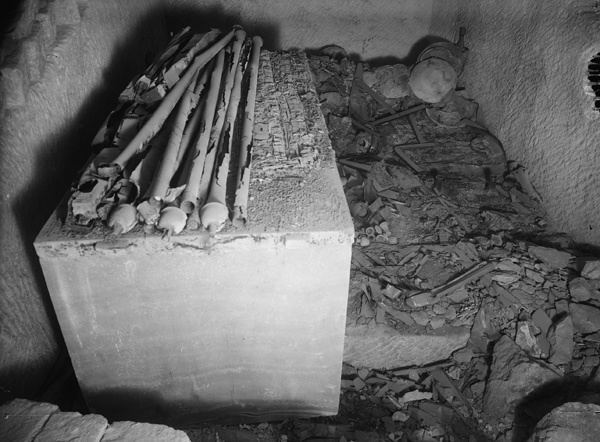 | ||
Issue Princess HetepheresKhufu Similar | ||
Burial chaimber of queen hetepheres i
Biography

Hetepheres I may have been a wife of pharaoh Sneferu, and the mother of King Khufu. It is possible that Hetepheres was only a minor wife of Sneferu and only rose in prominence after her son ascended the throne. She was the grandmother of Kings Djedefre and Khafra and Queen Hetepheres II. Her titles include: King's Mother (mwt-niswt), Mother of the King of the Two Lands (mwt-niswt-biti), Attendant of Horus (kht-hrw), God's Daughter of his body (s3t-ntr-nt-kht.f). Hetepheres I's marriage to Snefru solidified his rise to the throne. Two great lines were joined when they married, as she had carried the blood royal from one dynasty to the next. Her title as "Daughter to the God" began when her father, Huni, ruled, and continued when she married Snefru and gave birth to the next ruler, Khufu, who is the one who commissioned her tomb and pyramid.
Hetepheres died during the reign of her son Khufu.
Discovery of the tomb
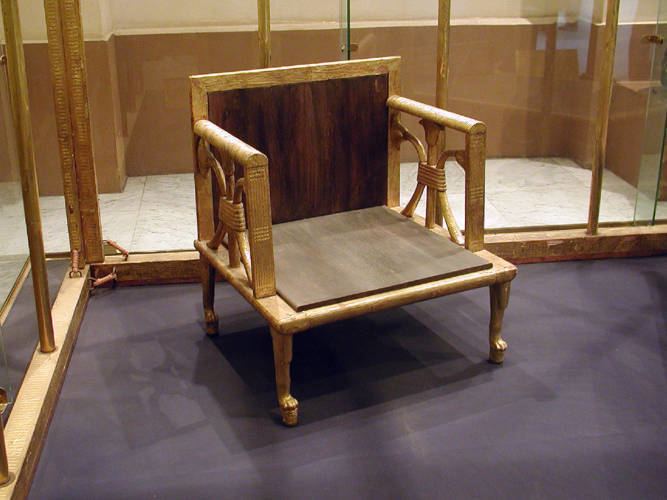
Starting in 1902, a joint expedition of Harvard University and the Boston Museum of Fine Arts took over the excavation of Giza. For 23 years they methodically cleared and documented the area. On the 9th of March, 1925, while the leader of the expedition, George Reisner, was back in the US, the staff photographer noticed a patch of plaster where he was expecting limestone. Under the direction of Ahmed Said, Reisner's head rais, they cleared the area and removed the plaster, revealing a deep shaft. They dug down 85 feet before reaching a masonry wall which, when penetrated revealed a jumble of grave goods including a white alabaster sarcophagus, gold encased rods used to frame a canopy or tent, gold, wood furniture, and more. Using binoculars and mirrors, Battiscombe Gunn identified an inscription identifying Sneferu. But this, contrary to newspaper reports at the time, only meant that the owner of the tomb had lived during the reign of Sneferu.

Reisner concluded that this represented a secret reburial, possibly because robbers had gotten into the original tomb. By April, he had identified the owner of the tomb as Hetepheres, wife of Sneferu and mother of Khufu. In 1927 they gathered to open the sarcophagus only to find that it was empty.
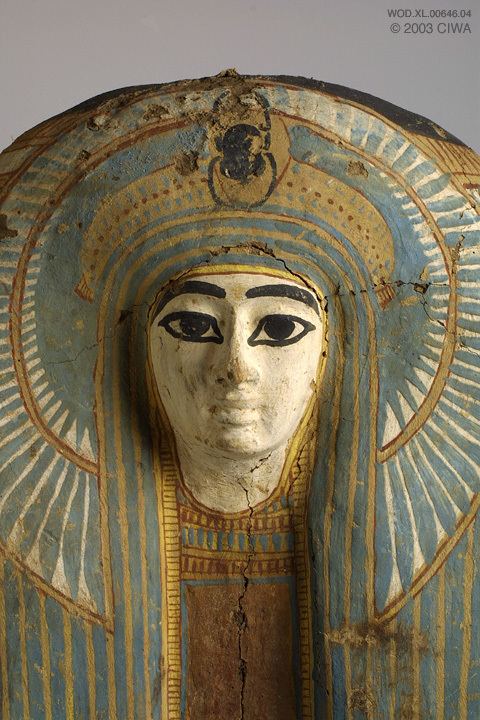
Reisner conjectured that Hetepheres had been originally buried near her husband's pyramid in Dahshur, but the tomb was broken into shortly after her burial. He thought the robbers had opened the sarcophagus, stolen the mummy with all its gold trappings, but had fled before taking the rest of the treasures. Reisner proposed that the officials responsible for the tomb, in order to avoid his wrath, told Khufu that the mummy was still safely inside the sarcophagus. Khufu then ordered the sarcophagus and all the funerary equipment reburied at Giza, near his own pyramid.
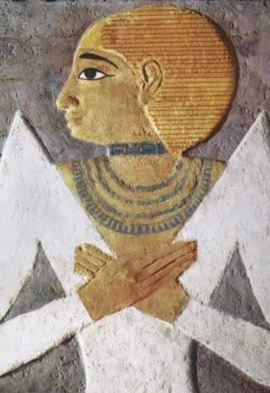
The exact sequence of events is still a mystery however. Dr. Mark Lehner has suggested that G7000X was Hetepheres' original tomb and that her second tomb was the Pyramid G1-a. He conjectured that the mummy of the queen was removed from G7000X when the pyramid was completed and that some of the grave goods were left behind when the queen was reburied. A third possibility, outlined by I.E.S. Edwards in his review of Lehner's theory, is that G7000X was meant to be Hetepheres' final resting place and that the mummy was robbed from that structure shortly after her burial. It may be possible that a superstructure in the form of a pyramid was planned for shaft G7000X.
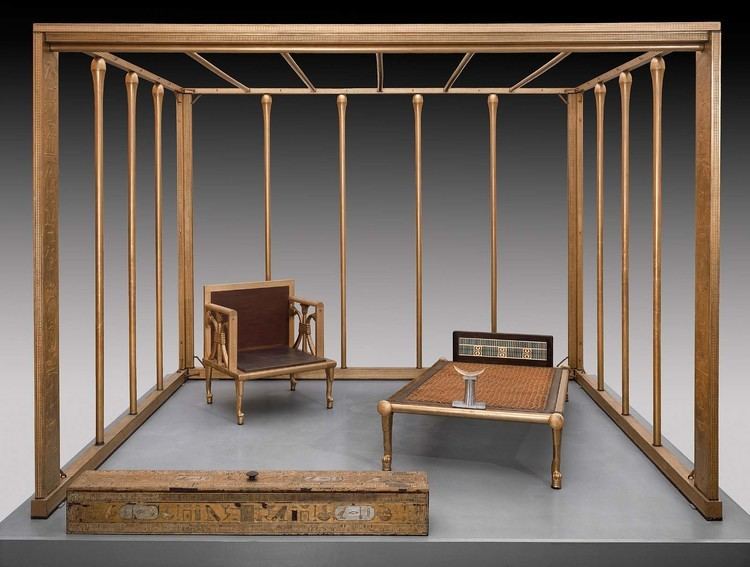
Dr. Zahi Hawass has suggested that Hetepheres was originally buried at G1-a, the northernmost of the small pyramids, and that after the robbery a new shaft was excavated for a new tomb. This would explain the evidence of tampering on the tomb objects.
Grave goods
Hetepheres' sarcophagus and funerary furniture were discovered in 1925 near the satellite pyramids of the Great Pyramid of Giza in shaft G7000X of a pit tomb. Although the sarcophagus was sealed and the Canopic chest were intact, Hetepheres' mummy was missing. The chest, a large square box with four smaller square compartments inside, is one of the oldest examples known, so it has been suggested that Hetepheres may have been one of the first Egyptian royals to have her organs preserved. Of the four interior squares all contained organic matter but two of the squares also contained liquid. Ensuing test revealed the liquid to be a three percent solution of Egyptian natron in water, which was used in the mummification process.
The contents of the tomb provide us with many details of the luxury and ways of life of the Fourth Dynasty of Egypt. The items found in the tomb are on display the Egyptian Museum in Cairo, with replicas of the main funerary furnishings in the Museum of Fine Arts in Boston, Massachusetts.
The funerary furniture in G 7000X included the following items:
